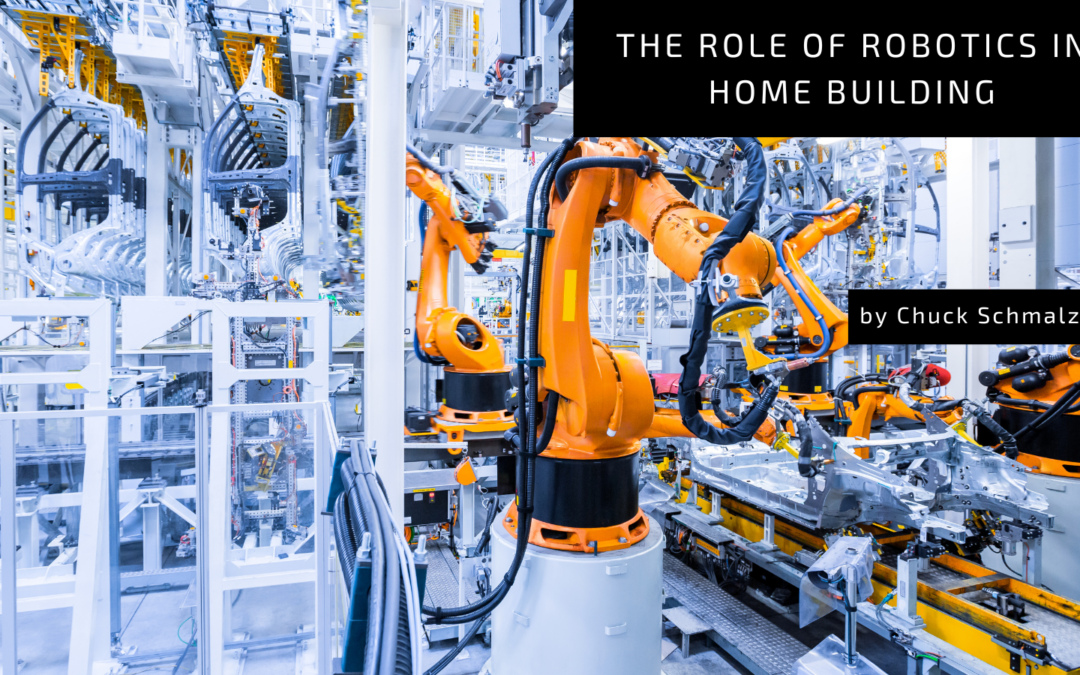In the dynamic landscape of the construction industry, technological advancements are reshaping traditional practices, and one of the most transformative elements is the integration of robotics in homebuilding. With its precision, speed, and versatility, robotics is revolutionizing the construction process and paving the way for a more efficient, cost-effective, and sustainable future.
Automated Bricklaying: Robotic systems for automated bricklaying have emerged as a game-changer in home construction. These robots are equipped with the capability to precisely lay bricks, reducing manual labor and significantly accelerating the building process. The precision of robotic bricklaying ensures consistent quality, minimizes errors and contributes to the structural integrity of the constructed home.
3D Printing Technology: 3D printing has found its way into construction, offering a revolutionary approach to building homes layer by layer. Robotic arms or large-scale 3D printers can construct entire walls or structures quickly and accurately. This method reduces construction time and minimizes material waste, making it a sustainable alternative.
Drone Technology for Surveying and Inspection: Drones equipped with cameras and sensors play a crucial role in surveying and inspecting construction sites. They provide a bird’s-eye view of the project, allowing builders to assess progress, identify potential issues, and conduct safety inspections. Drone technology enhances project management and contributes to overall efficiency and safety on the construction site.
Robotic Exoskeletons for Labor Assistance: Robotic exoskeletons are wearable devices designed to assist and augment human capabilities. In construction, these exoskeletons can help workers lift heavy loads, reduce physical strain, and enhance overall productivity. The integration of robotics in this manner improves worker well-being and contributes to the longevity and efficiency of construction projects.
Autonomous Construction Vehicles: Autonomous construction vehicles, equipped with advanced sensors and artificial intelligence, are increasingly being employed for tasks such as excavation, grading, and material transportation. These vehicles operate with precision and efficiency, reducing the risk of accidents and optimizing the use of resources on construction sites.
Robotic Welding and Assembly: Robots equipped with welding tools are streamlining the assembly process in home construction. From framing to the assembly of structural components, robotic welding ensures consistency and precision, leading to higher quality and durability of the final structure. This automation of welding processes also contributes to time and cost savings.
Robotic Demolition: Robotics is not limited to the construction phase but also plays a role in demolition. Robots designed for controlled demolition can navigate confined spaces, dismantle structures precisely, and reduce the safety risks associated with traditional demolition methods.

